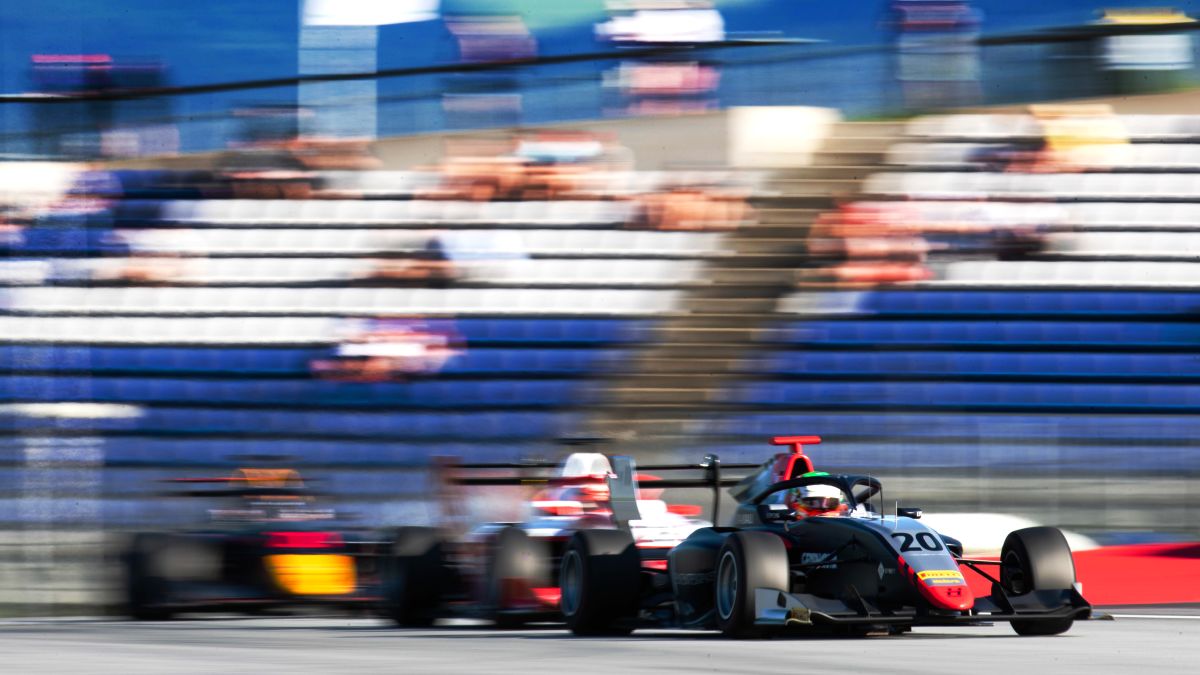The Rules and Regulations

The FIA Formula 3 Championship is a one-make category consisting of 30 identical cars. The F3 2025 car features a naturally aspirated 3.4 litre bespoke Mecachrome 6 cylinder engine, which delivers 380 HP at 8000 rpm.
WEEKEND FORMAT
On a Friday, there is one Free Practice session of 45 minutes and one Qualifying session of 30 minutes.
One Sprint Race will take place on Saturday and will consist of 40 minutes + one lap. The Feature Race will take place on Sunday morning ahead of the Formula 1 Grand Prix and will consist of 45 minutes + one lap.
A schedule will be issued in the lead up to every round to determine timings of each session.
STARTING GRIDS
The results of the final classification of Friday’s Qualifying session will determine the starting grid for Sunday’s Feature Race.
The starting grid of Saturday’s Sprint Race will be determined by reversing the top 12 finishers of Friday’s Qualifying session.
POINTS ATTRIBUTION
Two points will be awarded to the driver who is shown in pole position for the Feature Race on the final grid issued.
For the Sprint Race, the top 10 classified drivers will be awarded 10, 9, 8, 7, 6, 5, 4, 3, 2 and 1 points respectively.
For the Feature Race, the top 10 finishers will score 25, 18, 15, 12, 10, 8, 6, 4, 2 and 1 points respectively.
In each race, one point will be awarded to the driver who achieves the fastest lap time, providing they are in the top 10 positions of the final race classification.
TYRE ALLOCATION
The sporting regulations state that each driver will be allocated four sets of dry-weather tyres and two sets of wet-weather tyres per event.
DRIVERS
All drivers participating in the Championship must hold a Grade A or B International FIA Licence.
DRS
The drivers are able to use the Drag Reduction System (DRS) as they wish within the designated DRS zones during free practice and qualifying. During both races however, the drivers will only be allowed to activate DRS within the designated zones when they are within less than a second of the car in front at the detection point.
During the race, the DRS is available for use after two laps unless decided otherwise by the race director due to poor weather conditions or yellow flags in the designated DRS zones.
The DRS zones will be the same as the ones used in Formula 1 on every circuit of the calendar.
The same safety rules apply: the DRS is disabled at the end of the designated zones, and if the driver uses the brakes or releases the throttle after activation.